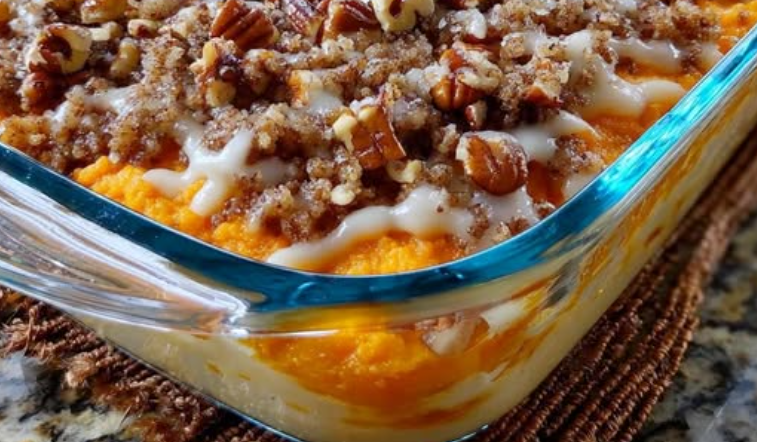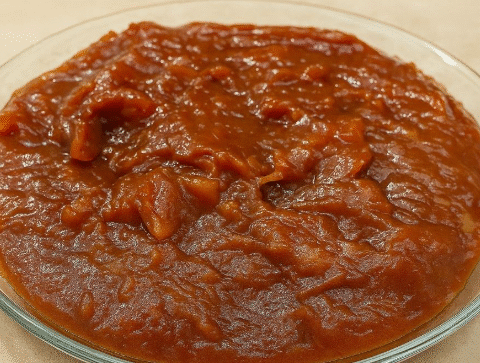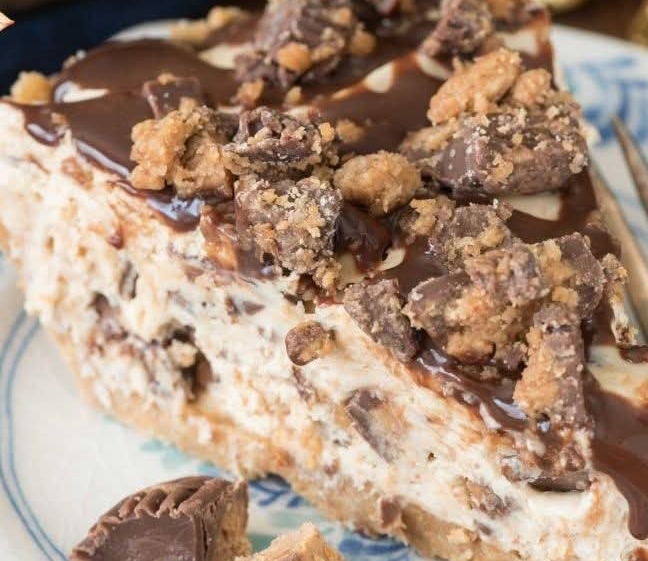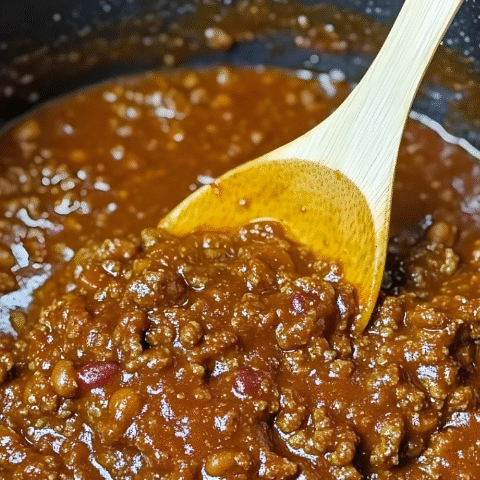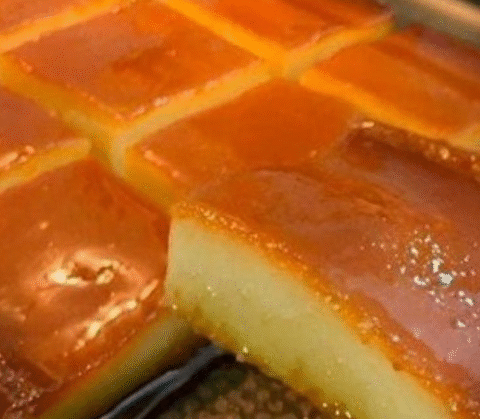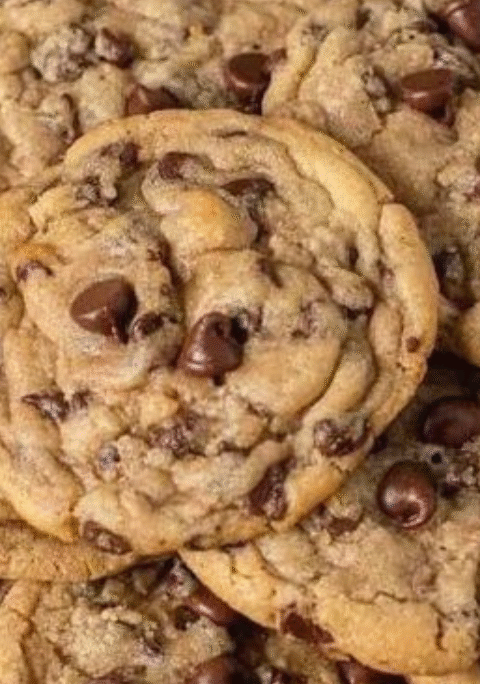🍠 There’s nothing more comforting than the warm, sweet aroma of a Southern Sweet Potato Casserole baking in the oven. Whether you serve it at Thanksgiving, Christmas, or any cozy family gathering, this dish brings joy to the table. In this in‑depth article, we’ll walk through every step, share health tips, and answer all your burning questions to help you make this classic dish perfectly every time.
Introduction: Why This Sweet Potato Casserole is a Keeper
Sweet potato casserole is one of those dishes that means “home” to many people. With its creamy, subtly sweet base and that crunchy pecan topping, it offers a perfect balance of textures. In the South, it’s a staple at holiday meals, revered almost as much as stuffing or green bean casserole.
But making it well isn’t just about following a recipe — it’s about achieving the right consistency, balancing sweetness and richness, and making health-conscious choices without compromising flavor. Below, you’ll find not just the recipe, but also chef tips, health notes, a nutrition table, FAQs, and safety considerations. Let’s get cooking!
Classic Southern Sweet Potato Casserole Recipe
Ingredients You’ll Need
- 3 cups sweet potatoes, peeled and cubed (about 2–3 large potatoes)
- ½ cup granulated sugar
- ½ cup (1 stick) unsalted butter, softened
- 2 large eggs, beaten
- 1 teaspoon pure vanilla extract
- ⅓ cup milk (whole milk or 2%)
Topping Ingredients
- ⅓ cup melted butter
- 1 cup light brown sugar, packed
- ½ cup all‑purpose flour
- 1 cup chopped pecans (or walnuts, as desired)
Step‑by‑Step Directions
- Preheat oven. Preheat your oven to 350 °F (175 °C).
- Boil and mash the sweet potatoes. Put the cubed sweet potatoes into a large pot of boiling water. Cook until very tender when pierced with a fork (about 15–20 minutes). Drain thoroughly, then mash until smooth.
- Mix the base layer. In a large bowl, combine the mashed sweet potatoes with sugar, softened butter, beaten eggs, vanilla, and milk. Use a large spoon or electric mixer on low speed until evenly incorporated.
- Transfer to baking dish. Spread the sweet potato mixture evenly in a 13×9 inch (33×23 cm) baking dish.
- Prepare the topping. In a separate bowl, whisk melted butter together with brown sugar and flour until crumbly. Stir in the chopped pecans. The mixture should resemble coarse crumbs.
- Sprinkle the topping. Evenly distribute the topping over the sweet potato layer.
- Bake. Place the casserole in the preheated oven and bake for about 25 minutes, or until the topping is golden and the filling is bubbly around the edges.
- Let it rest. Remove from oven and allow the casserole to cool for 5–10 minutes before serving. This rest time helps the topping set and makes serving easier.
Chef Tips from the Pros
“The secret to a silky sweet potato base is proper draining and mashing. Too much moisture ruins the texture,” says Chef Gordon Ramsay. He recommends folding your ingredients gently after mashing so you don’t overwork the potatoes and end up with a gluey result.
Ree Drummond (The Pioneer Woman) suggests toasting the pecans lightly before mixing into the topping to intensify their flavor. Ina Garten, meanwhile, advises using high‑quality vanilla and real butter—the small upgrades really show in the final taste.
Chef Bobby Flay notes that you can customize the topping by substituting pecans with walnuts, or adding a pinch of cinnamon or nutmeg to deepen complexity. He also suggests you can swirl in a bit of maple syrup in the mashed base for a natural sweet boost.
Health Tips & Safety Considerations
Healthier Ingredient Swaps
- Reduce sugar: You can cut the sugar by a quarter or substitute part of it with a natural sweetener (e.g. honey or maple syrup). Be cautious—less sugar may affect texture slightly.
- Use low‑fat milk or dairy alternative: If you’re avoiding dairy, swap out milk for almond, oat, or soy milk (ensure unsweetened versions). The texture may differ a bit but still works.
- Use whole wheat flour: In the topping, using half whole wheat flour can provide extra fiber, though the crumb will be a bit denser.
- Limit fat in the topping: You can reduce the amount of butter in the topping by up to one quarter and increase pecans or nuts to make up the volume.
- Boost fiber and nutrients: Add a pinch of ground flaxseed or chia to the base (mixed with milk) to boost omega‑3s and fiber.
Food Safety & Serving Tips
- Proper cooking of potatoes: Make sure the sweet potatoes are fully tender before mashing. Undercooked pieces will lead to lumps.
- Avoid overbaking: The topping should be golden but not burnt—keep an eye on it in the last 5 minutes.
- Food handling: Always use clean utensils and hands when preparing. If you partially prep ahead, cool completely and refrigerate promptly.
- Reheating: You can reheat individual portions in the microwave or the whole dish in a 325 °F (165 °C) oven covered with foil until warmed through (about 15–20 minutes). Remove foil in the last few minutes to crisp the topping.
- Storage: Cover leftovers tightly and store in the refrigerator. Use within 3–4 days. The topping may soften slightly; reheat uncovered to restore some crispiness.
- Freezing: You can freeze the whole casserole (without topping) for up to 2 months. Thaw overnight in refrigerator and add the topping just before baking.
Nutrition & Health Benefits
Sweet potatoes are a nutritional powerhouse: high in beta‑carotene (vitamin A precursor), fiber, vitamin C, potassium, and antioxidants. Nuts like pecans supply healthy fats, plant protein, and minerals (magnesium, zinc). That said, the sugar and butter in this casserole make it a richer side dish, so moderation is key.
| Nutrient | Amount per Serving (approx. 1 cup, ~200 g) |
% Daily Value* | Notes & Benefits |
|---|---|---|---|
| Calories | ≈ 320 kcal | 16% | Moderate — comes largely from carbs, fat, sugar |
| Carbohydrates | ≈ 45 g | 15% | Primary energy source; largely from sweet potatoes + sugar |
| Dietary Fiber | ≈ 4 g | 16% | Supports digestion, slows carb absorption |
| Protein | ≈ 4 g | 8% | Contributes modestly |
| Total Fat | ≈ 13 g | 20% | Mostly from butter + pecans (some healthy monounsaturated) |
| Saturated Fat | ≈ 5 g | 25% | Try to reduce by using less butter if desired |
| Cholesterol | ≈ 35 mg | 12% | Comes from eggs and butter |
| Sodium | ≈ 120 mg | 5% | Largely from added ingredients rather than potatoes |
| Vitamin A (as RAE) | ≈ 1,400 µg (2,800 IU) | 156% | Sweet potatoes are rich in beta‑carotene — great for vision & immunity |
| Vitamin C | ≈ 15 mg | 17% | Supports immunity & collagen formation |
| Potassium | ≈ 650 mg | 14% | Good for blood pressure & muscle function |
| Magnesium | ≈ 40 mg | 10% | From nuts and potatoes — beneficial for many physiological processes |
*Percent Daily Values based on a 2,000 kcal diet. Your values may differ depending on your calorie needs.
Health Benefits Summary
- Eye health and immunity: Beta‑carotene in sweet potatoes converts to vitamin A, vital for vision and immune function.
- Antioxidant support: Compounds like anthocyanins and phenolics in sweet potatoes may help reduce oxidative stress.
- Heart health: Potassium helps regulate blood pressure; nuts provide heart‑friendly fats.
- Digestive health: Fiber helps maintain healthy bowel function and can support stable blood sugar.
Serving Suggestions & Presentation Ideas
This sweet potato casserole is rich and sweet, so it works beautifully alongside savory mains and vegetables:
- Serve with roast turkey, glazed ham, or baked chicken.
- Pair with crisp green vegetables like roasted Brussels sprouts, sautéed green beans, or crisp salad to balance richness.
- Top with a dollop of whipped cream or marshmallow lightly toasted (though this adds more sugar).
- Garnish with extra pecan halves or a sprinkle of cinnamon right before serving.
- Serve in ramekins for individual portions, or in the original 13×9 baking dish for family style.
For more holiday side dish inspiration, check out our Creamy Mashed Potatoes or Classic Green Bean Casserole recipes. Also, if you’re curious about healthier dessert options, you might enjoy our Low‑Sugar Fruit Cobblers.
Frequently Asked Questions (FAQs)
1. Can I make this ahead of time?
Yes! You can prepare the mashed sweet potato base and store it in the refrigerator (covered) up to one day ahead. Keep the topping separate, then assemble and bake just before serving.
2. Can this recipe be made gluten-free?
Absolutely. Substitute the all-purpose flour in the topping with a gluten-free flour blend or finely ground oat flour. Just ensure the blend is one that behaves similarly in baking.
3. What can I substitute for milk if I’m dairy-free?
Use an unsweetened plant‑based milk like almond, oat, or soy milk. Choose one with a neutral flavor. Be aware that the texture will be slightly different (possibly a bit thinner), so consider reducing the quantity by 1–2 tablespoons.
4. How do I fix a runny casserole?
If your casserole is too watery, it likely means too much moisture. For next time, reduce liquid (milk) or drain the potatoes more thoroughly. You can also add 1–2 tablespoons of flour to thicken the base before baking.
5. Can I use orange sweet potatoes (yams)?
Yes — the term “yam” is often used interchangeably with orange sweet potatoes in many supermarkets in the U.S. They work well here, though they are naturally sweeter and moister, so you may slightly reduce added sugar.
6. Can I top with marshmallows?
Yes, but this is optional and adds additional sugar. After baking, you can place mini marshmallows atop the casserole and broil briefly until golden. Watch closely to avoid burning.
7. How do I reheat leftovers?
Reheat covered at 325 °F (165 °C) until warmed through (≈15–20 minutes). Remove foil in the last few minutes to crisp the topping again.
8. Is it okay to freeze this casserole?
You can freeze the sweet potato base (without the pecan topping) for up to two months. Thaw overnight in the fridge, then add the topping and bake as instructed.
9. How many servings does this recipe make?
This 13×9 dish typically yields about 8–10 side dish servings, depending on portion size (≈1 cup each).
10. Can I reduce the sugar further?
Yes — you can reduce sugar by 20–25%, especially if your sweet potatoes are naturally sweet. Taste the mash before baking and adjust slightly, keeping in mind that sweetness in the topping and base should balance well.
Wrapping Up & Final Thoughts
Southern Sweet Potato Casserole is a beloved classic—and with a few smart tweaks, it’s possible to enjoy its comforting richness without feeling overly indulgent. The key lies in texture, balance, and proper preparation. As Chef Gordon Ramsay said, it’s about “getting it just right—not too wet, not too stiff.”
Whether you’re making this for Thanksgiving, Christmas, or a cozy Sunday dinner, keep the tips above in mind. And don’t be afraid to personalize—add spices, toast the nuts, adjust sugar—to make it your own family favorite. Serve with savory mains, balance with greens, and enjoy the smiles when people take that first warm, gooey bite.
Let me know if you’d like versions adapted for vegan, sugar‑free, or individual serving ramekins — I’d be happy to craft those with you! 😊
